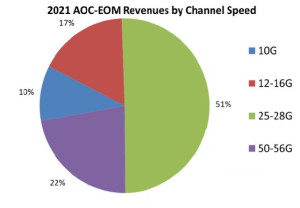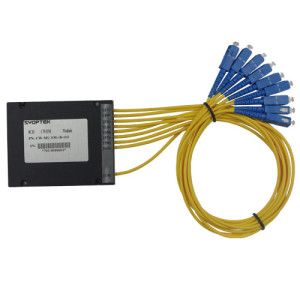As the vital central nervous system of business operations, a data center must deliver solid, consistent performance from every system—network cabling, supporting infrastructure, climate control, monitoring and others. Yet at the same time, data centers are subject to frequent change and reconfiguration. As such, these environments must be both solid and dependable, while also being flexible to update or upgrade. This webcast seminar, produced by Cabling Installation & Maintenance, examines technologies and product characteristics that enable data centers to remain both dependable and flexible.
Presentation 1: Making Your Facility Seismic-Ready
A seismic event is one change a data center administrator never wants to have to manage; but for many, the possibility is an everyday reality. Additionally, data centers located outside of geographies typically associated with seismic activity are well-served to keep their equipment seismic-ready. This presentation focuses specifically on equipment cabinets, and how data center administrators can prepare them, to the extent possible, for a seismic event. It discusses cabinets that are built to be seismic-ready, as well as hardware that can be used to enhance existing cabinets’ seismic-preparedness.
Presentation 2: Cabling Performance Options for Multi-Generation Network Speeds
A data center cabling system is intended to support multiple generations of data transmission speeds, making it a more-permanent portion of the infrastructure than the network gear it supports. In order to truly support several generations of networking, the cabling must have sufficient bandwidth and throughput capacity. This presentation explains the capabilities of different optical fibers and fiber-optic cabling systems, and the extent to which these systems can support current and future transmission speeds.
Presentation 3: Design, Build and Test MPO-based Fiber Links for Higher Data Rate Applications
This presentation will cover best practices for building and commissioning high-speed fiber-based links in the data center, highlighting the differences between traditional methods and a new array of connector methods (MPO/MTP). Effective planning and specification (polarity, gender, loss budget, etc.) of parallel optics cabling for complex data center channels, and a detailed examination of polarity and gender issues that arise in link testing, will be discussed.
The article is from the internet.
 Optical interconnects have long served as data bridges between elements of large systems or clusters, and they’ve taken many forms. Since 2000, embedded optical modules (EOMs) have supported supercomputers, core routers, and an array of other interesting and unique applications. Active optical cables (AOCs) arrived in 2007 as a practical, low-cost alternative to regular pluggable modules, and found a home primarily in high-performance computing (HPC) clusters. The market for AOCs and EOMs has really been a collection of niches, which has made it lumpy and large-order sensitive. For example, combined market revenues fell 17% in 2013, and then recovered by the same percentage in 2014. With such a lumpy and variable past, what does the future hold?
Optical interconnects have long served as data bridges between elements of large systems or clusters, and they’ve taken many forms. Since 2000, embedded optical modules (EOMs) have supported supercomputers, core routers, and an array of other interesting and unique applications. Active optical cables (AOCs) arrived in 2007 as a practical, low-cost alternative to regular pluggable modules, and found a home primarily in high-performance computing (HPC) clusters. The market for AOCs and EOMs has really been a collection of niches, which has made it lumpy and large-order sensitive. For example, combined market revenues fell 17% in 2013, and then recovered by the same percentage in 2014. With such a lumpy and variable past, what does the future hold?

